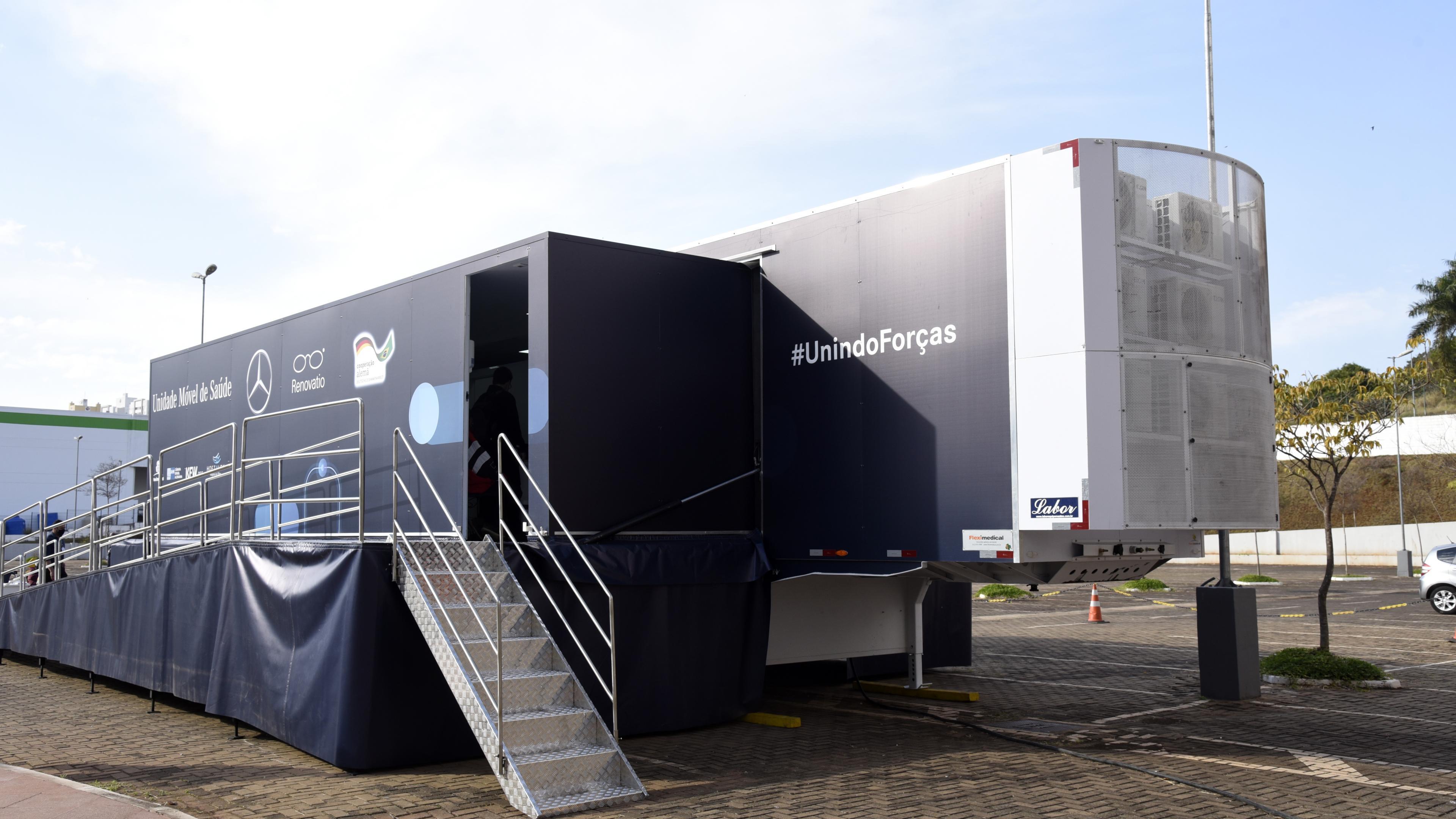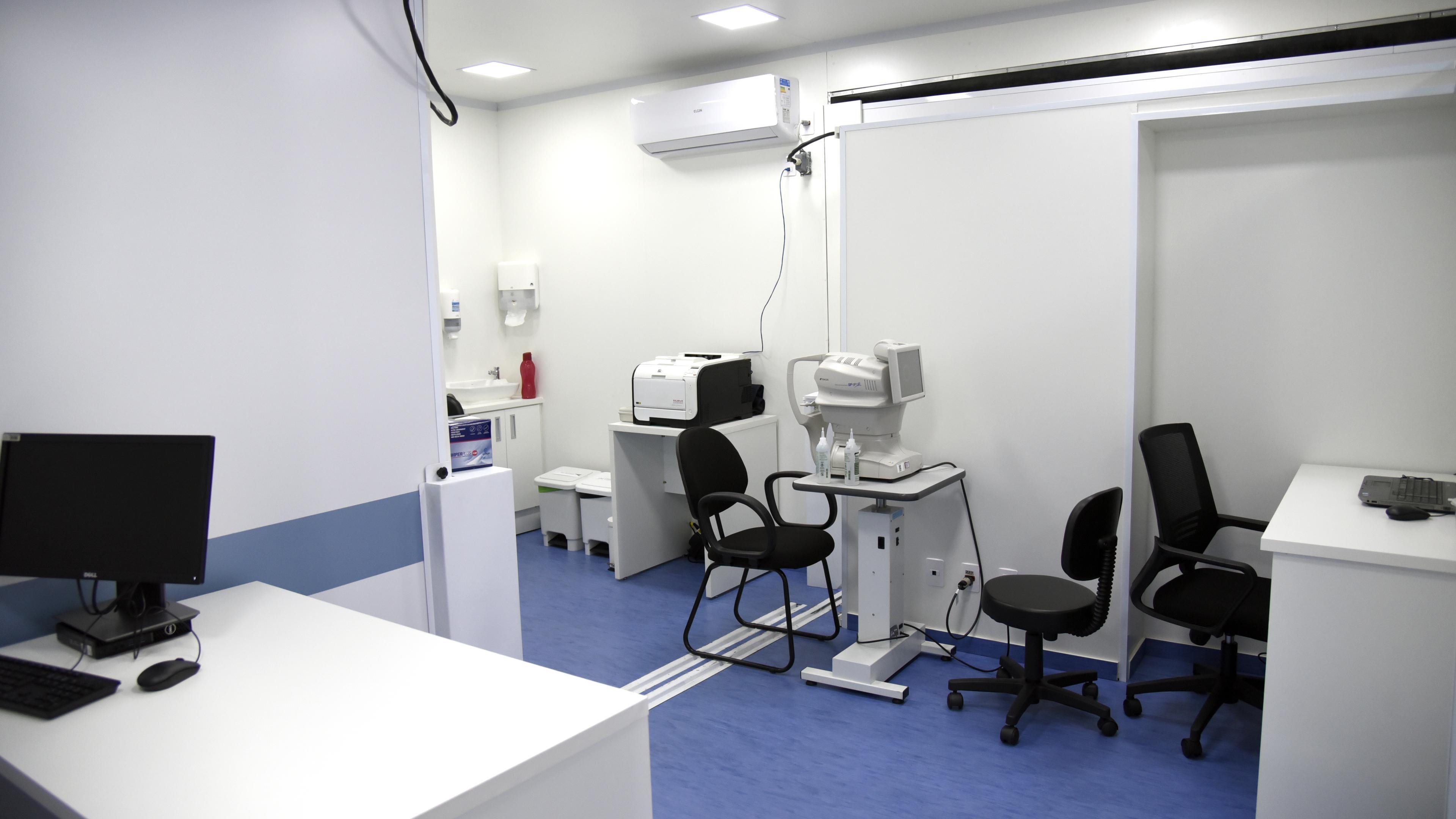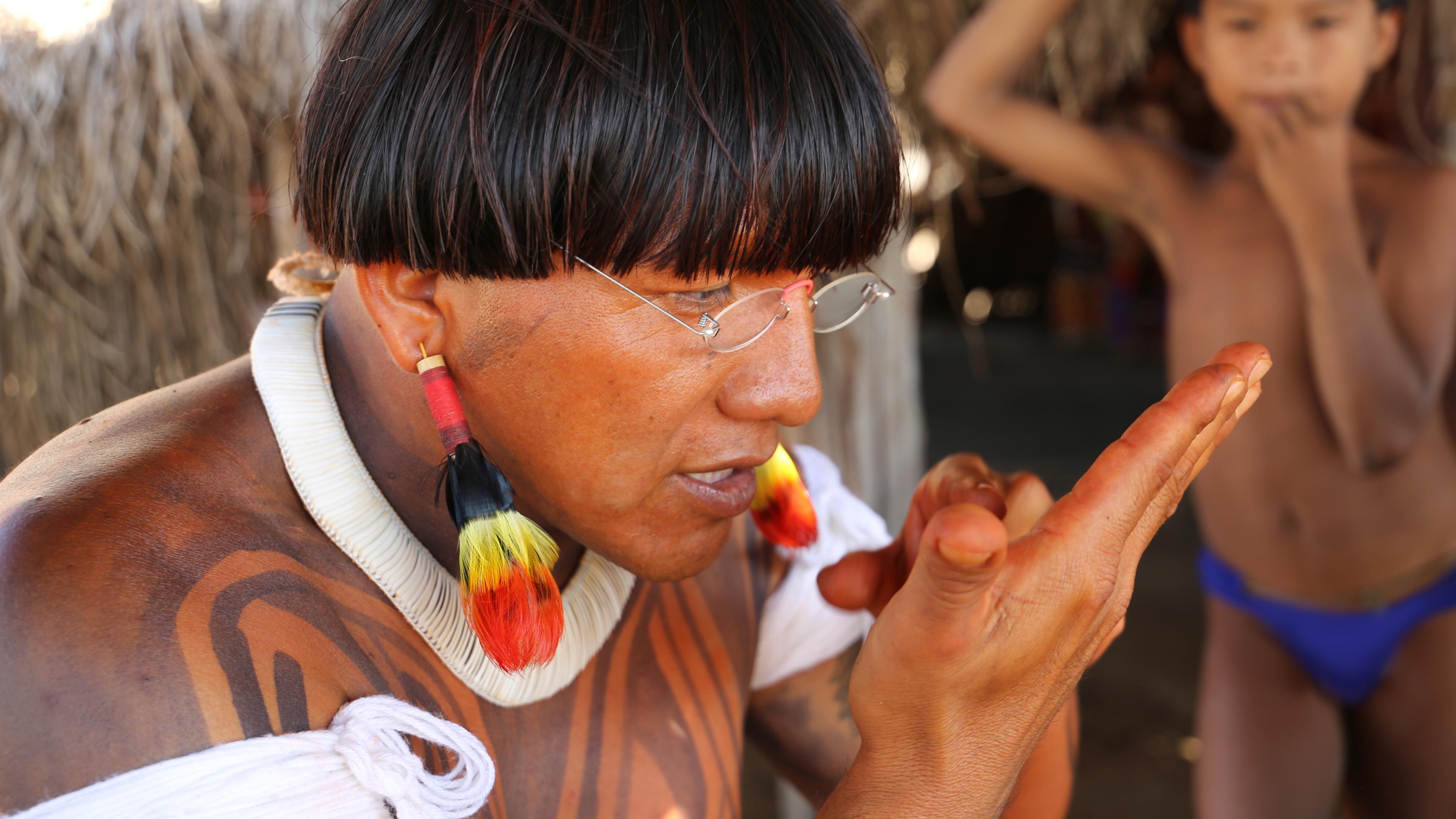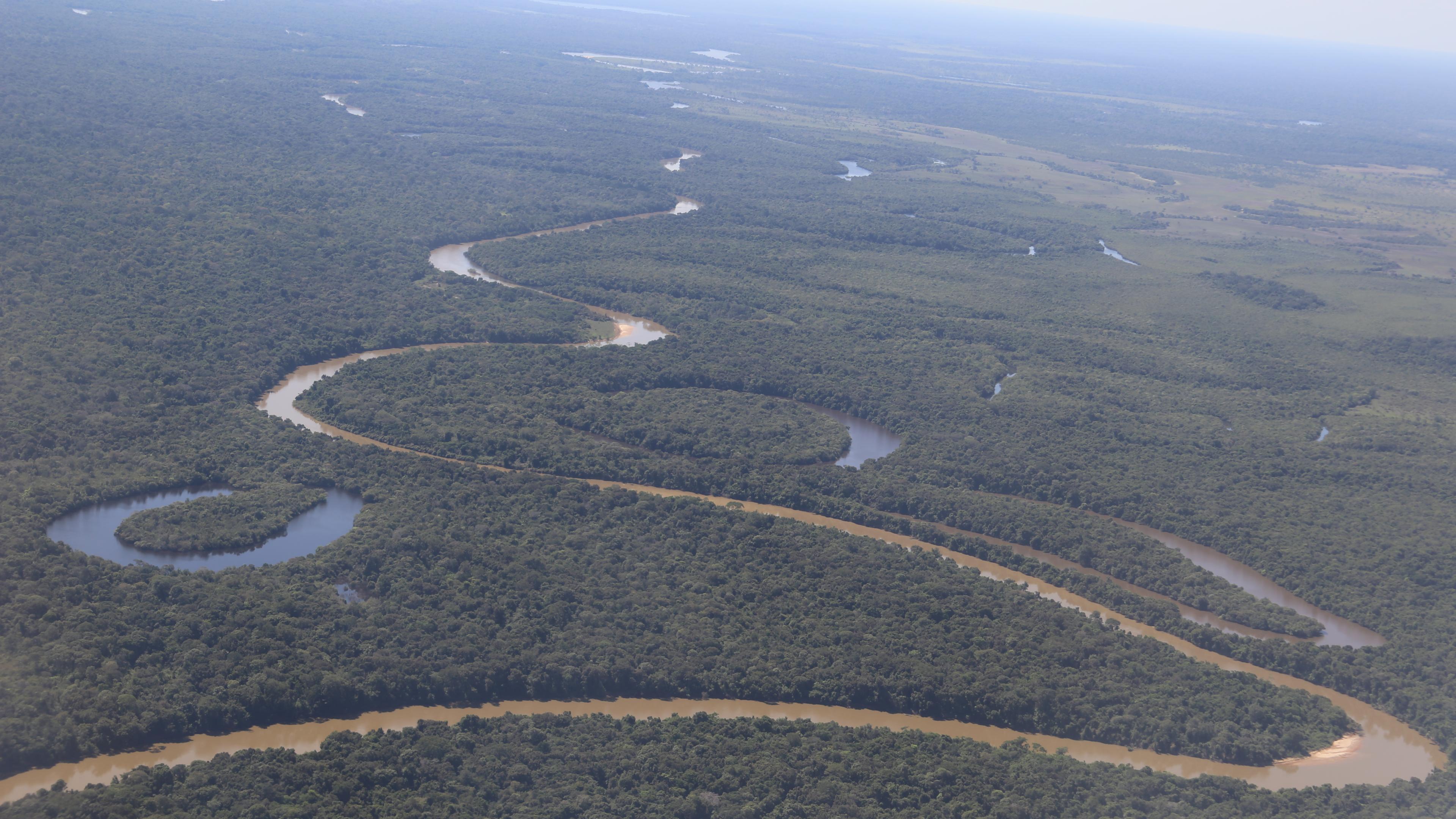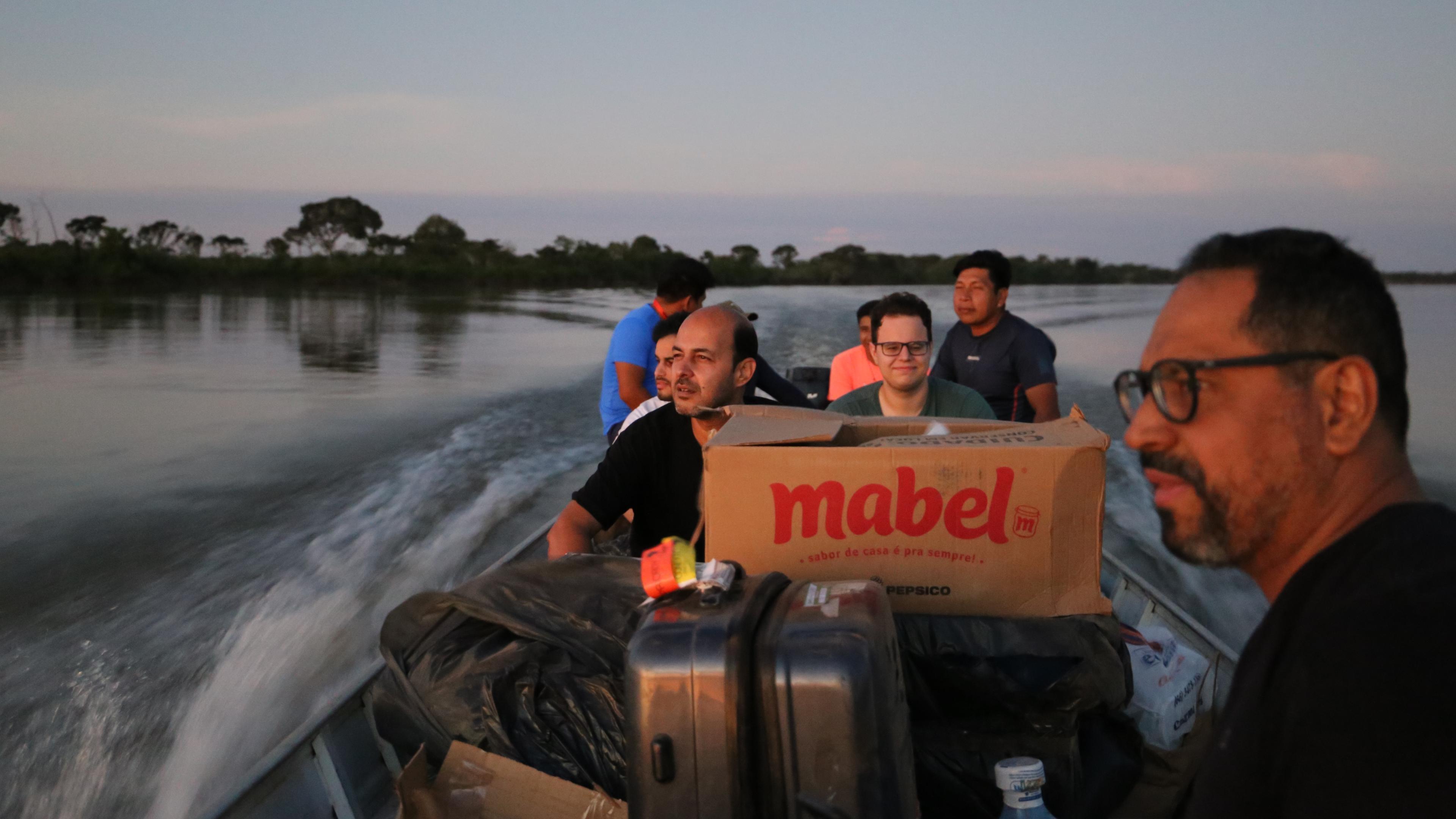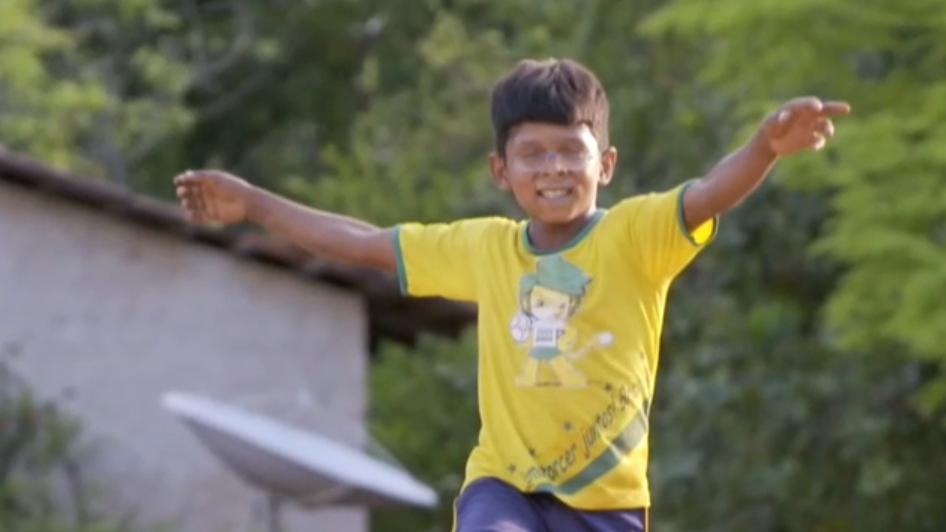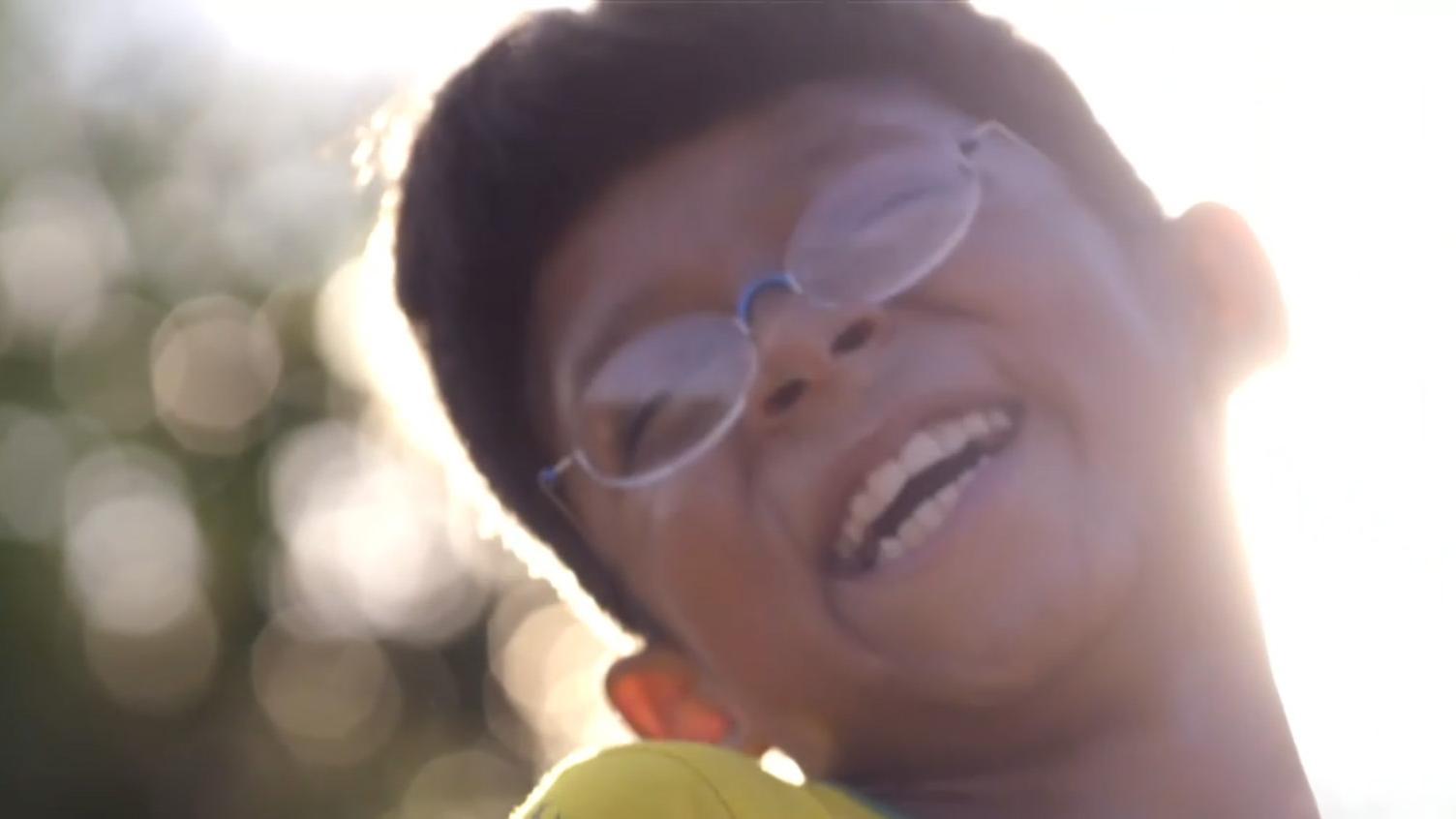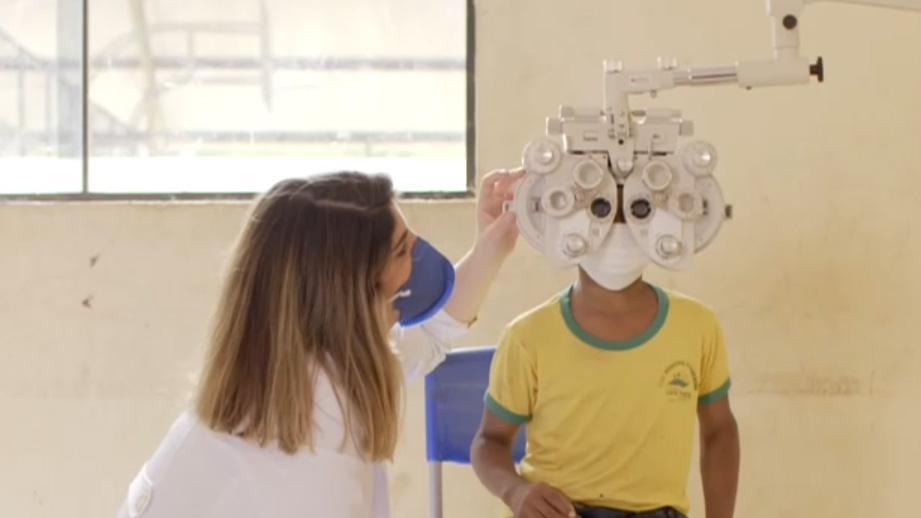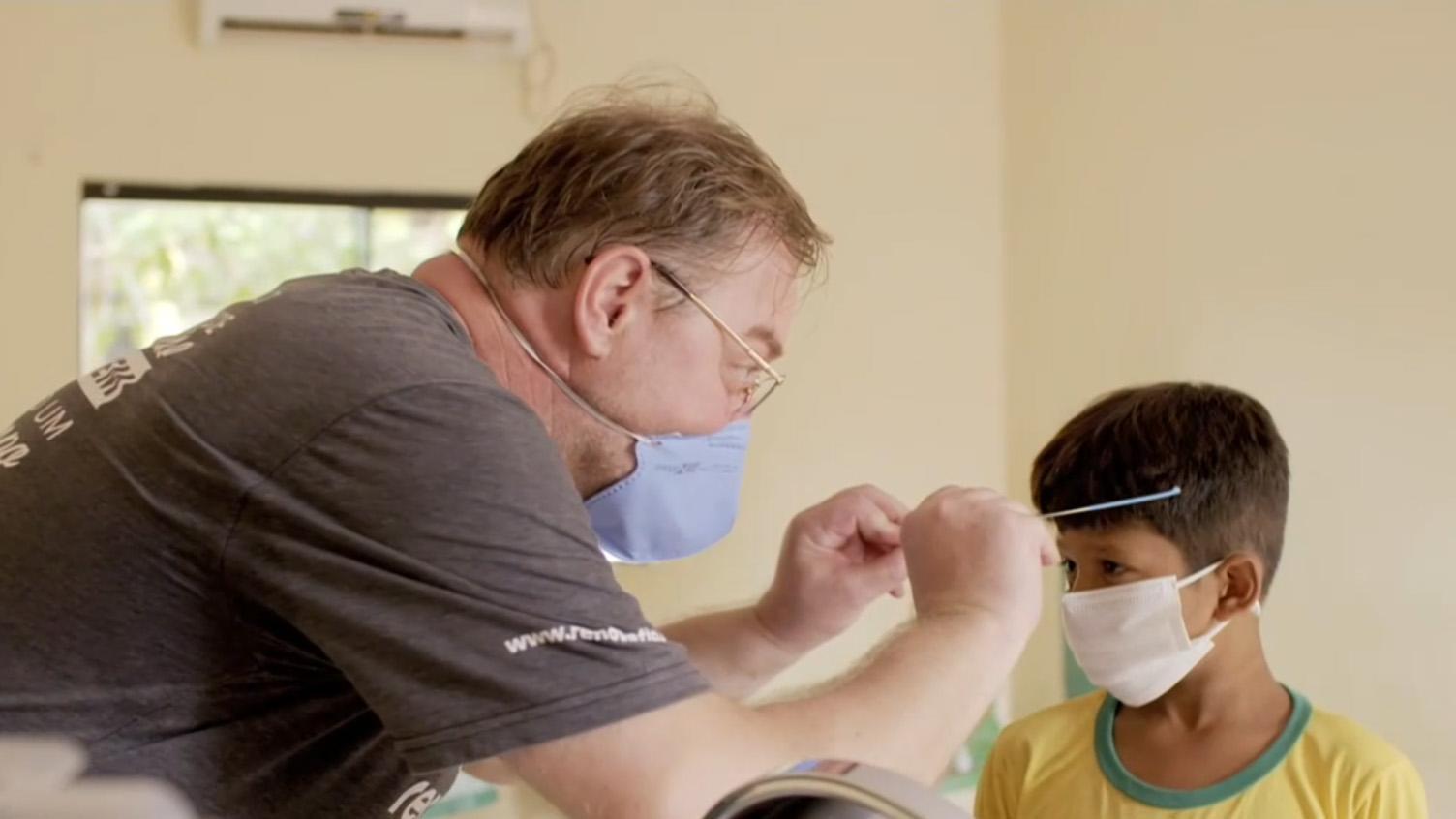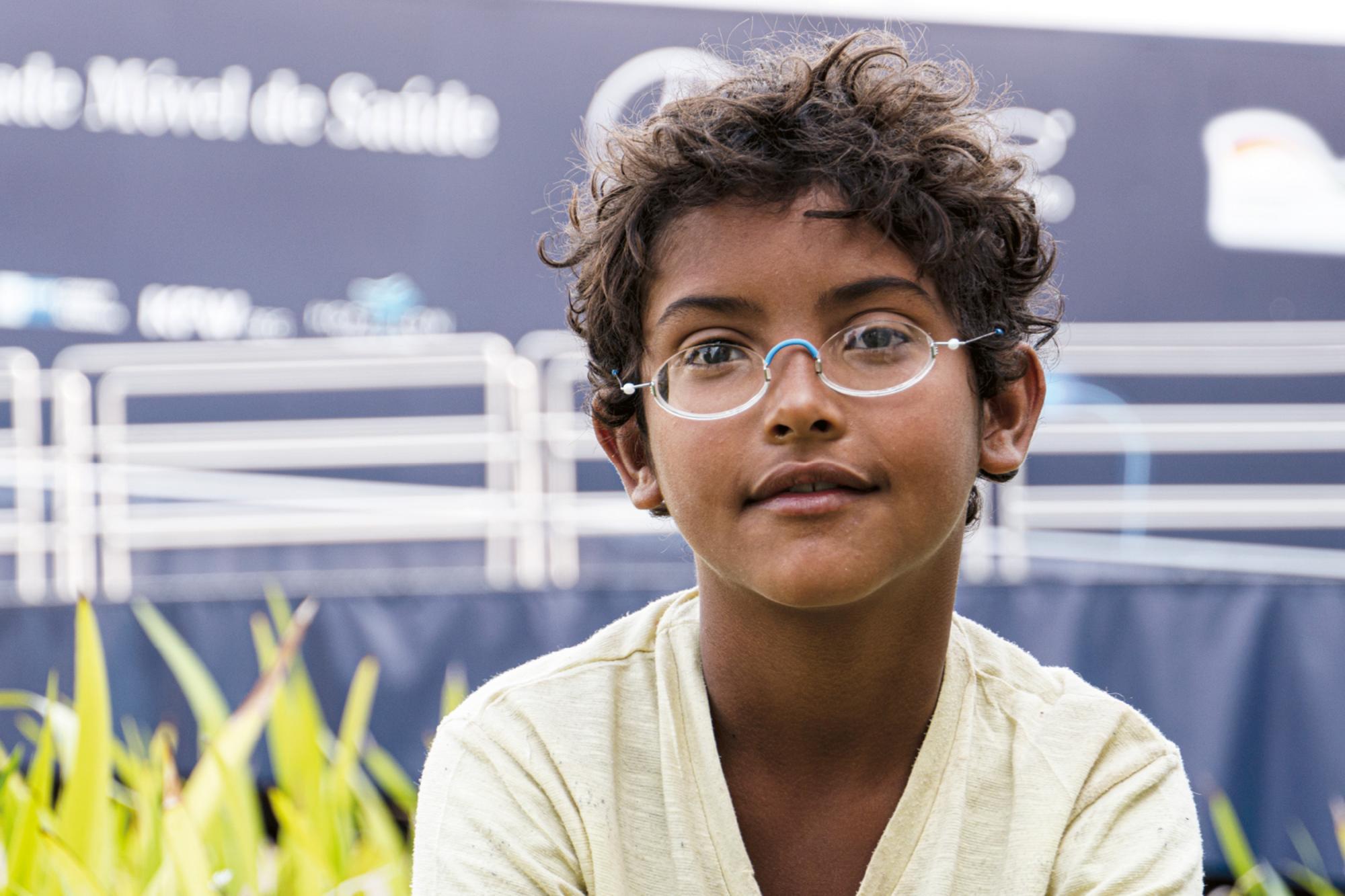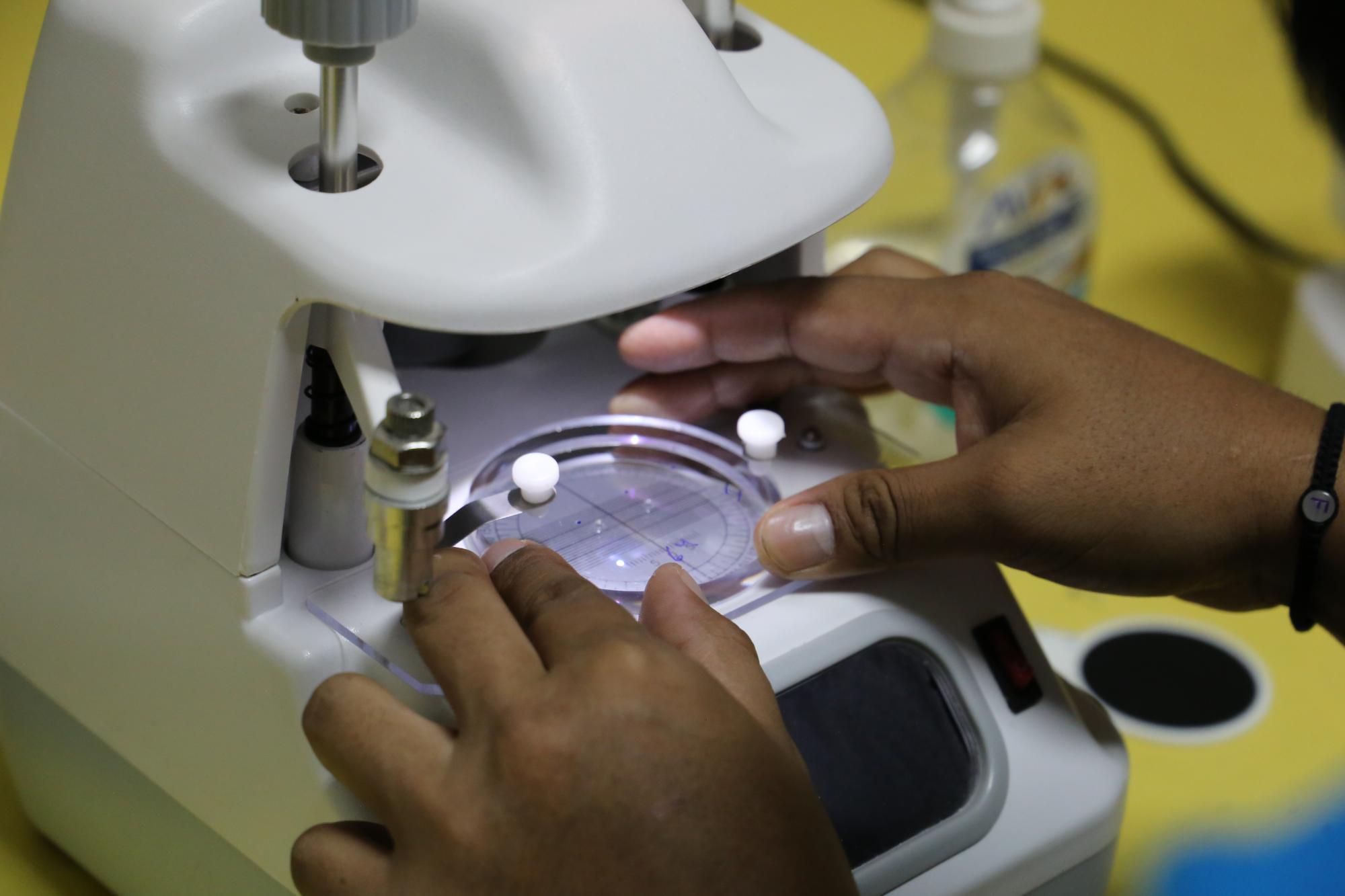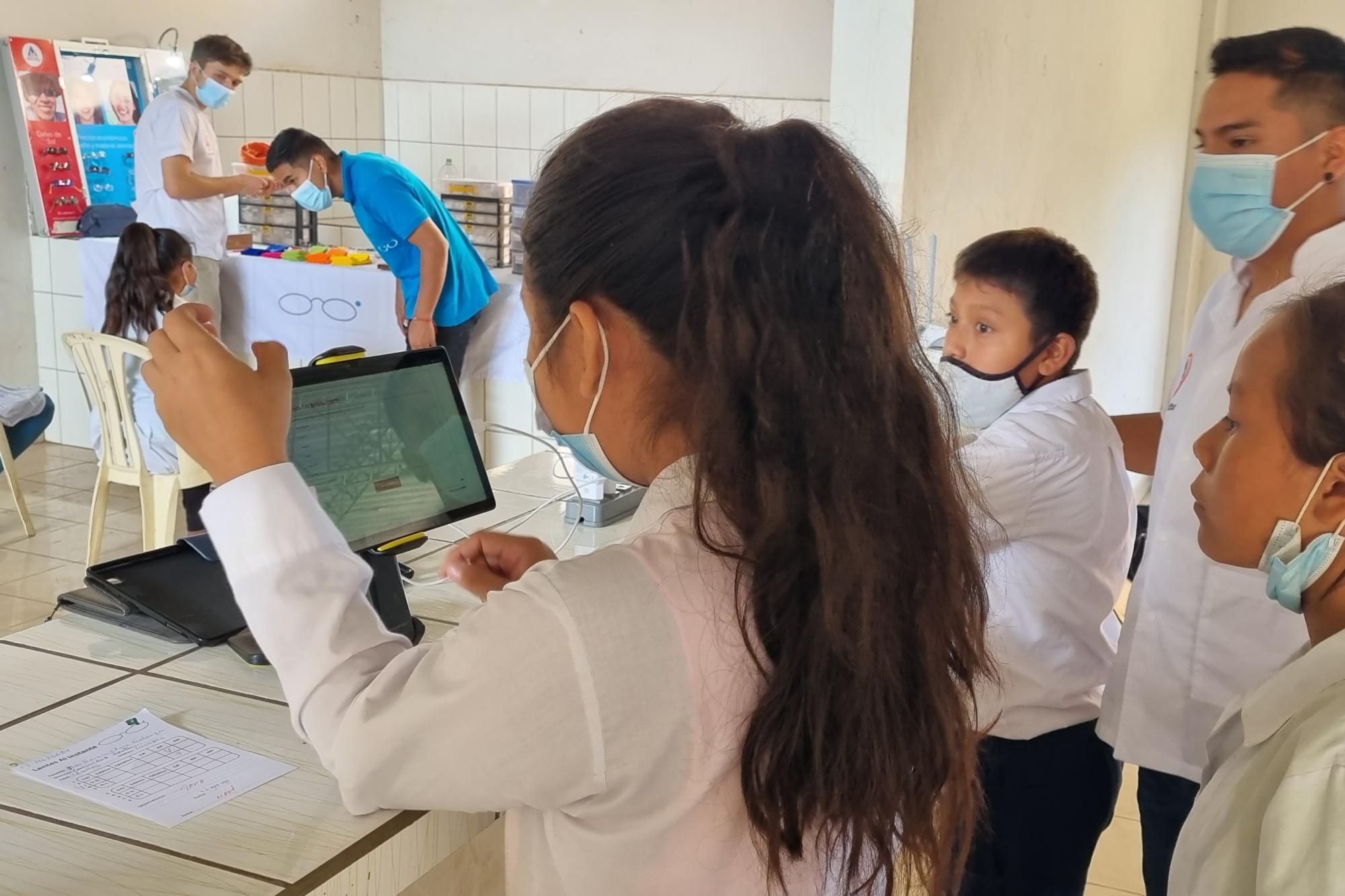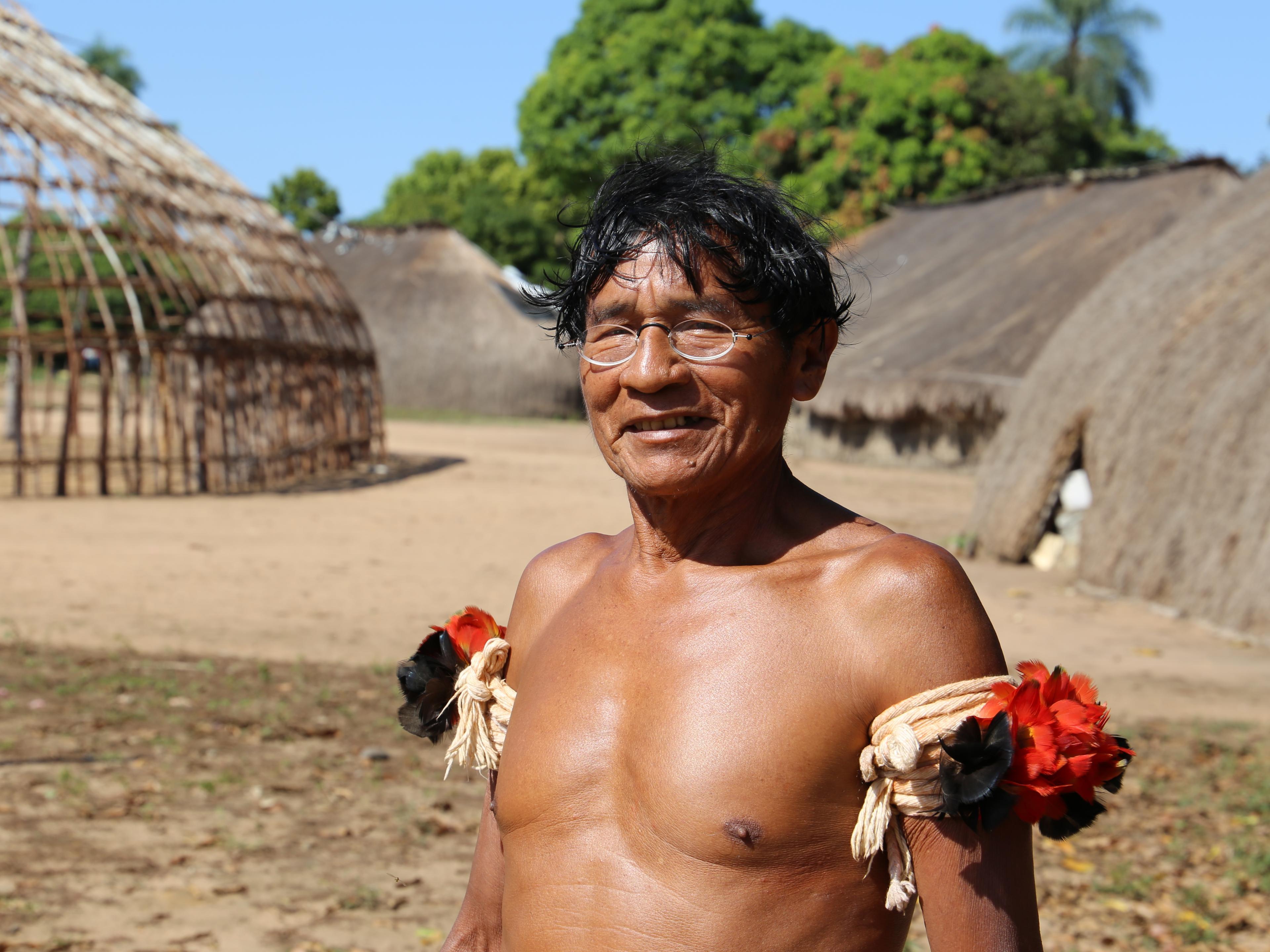
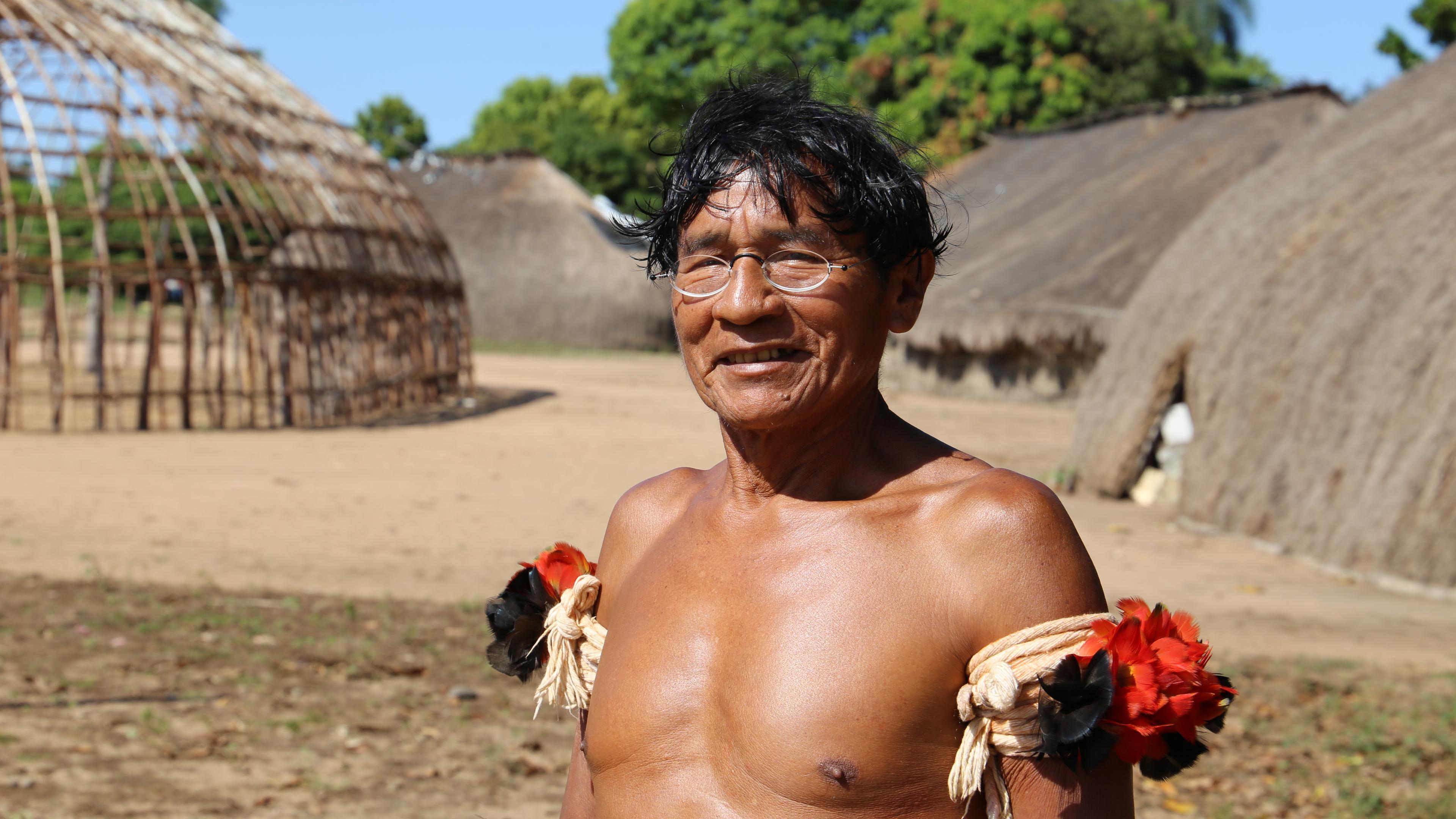

Brasilien
Renovatio, der Programmpartner der EinDollarBrille in Brasilien, ist heute die größte Non-Profit-Organisation im Bereich Augengesundheit im Land. Den Herausforderungen durch die extreme Größe Brasiliens begegnet Renovatio mit Mut, Kreativität und starken Partnern.
ausgegebene Brillen
durchgeführte Sehtests
Mitarbeitende vor Ort
Programmstart
In rund 70 Prozent der brasilianischen Städte gibt es keinen Augenarzt. Selbst normale Sehtests müssen aber zwingend im Rahmen einer vollständigen augenärztlichen Untersuchung in Anwesenheit von augenärztlichem Personal durchgeführt werden. Wenn man dies bedenkt, wird klar, dass es für Menschen mit Sehschwäche auf dem Land fast aussichtslos ist, einen Termin für eine Augenuntersuchung, einen Sehtest oder eine Brille zu bekommen.
Viele Wege zu gutem Sehen
Um die Menschen in den Städten zu erreichen, kooperiert Renovatio zum Beispiel mit Schulen, Firmen oder Krankenhäusern und stellt augenoptisches und augenärztliches Personal zur Verfügung.
Eine große Hilfe ist dabei eine mobile Augenklinik, die in einem ausziehbaren LKW untergebracht ist. Dieser wurde von Mercedes-Benz und der KfW gestiftet und von „Ein Herz für Kinder“ mit hochwertigen augenmedizinischen Geräten ausgestattet. Renovatio verfügt damit über die modernste mobile Augenklinik des Landes, in der an einem Tag bis zu 1.000 Menschen untersucht werden können. Nach rund 62.000 medizinischen Untersuchungen und Sehtests in diesem Truck konnten bis Ende des Jahres 2022 fast 15.000 Menschen eine Brille erhalten.
Unterwegs per Flugzeug und Boot
In Brasilien sind unsere Teams mit verschiedenen Verkehrsmitteln unterwegs, vor allem in ländlichen Regionen und am Amazonas. Um die Menschen im Amazonasgebiet gut versorgen zu können, kooperiert Renovatio regelmäßig mit SESAI, dem brasilianischen Sondersekretariat für die Gesundheit indigener Ethnien.
Renovatio und das Instituto Verter
Das Instituto Verter ist, genau wie Renovatio, eine Non-Profit-Organisation aus dem Bereich Augengesundheit. Um gemeinsam mehr zu erreichen, haben sich Renovatio und das Instituto Verter Anfang 2022 zur größten brasilianischen Non-Profit-Organisation im Bereich Augenheilkunde zusammengeschlossen. Gemeinsam besuchten sie auch die vier wichtigsten augenmedizinischen Konferenzen Brasiliens, um bei Ärzten und Lieferanten für eine Zusammenarbeit zu werben. Dies ermöglichte einen besseren Kontakt zu brasilianischen Augenärztinnen aus verschiedenen Regionen des Landes. Viele von ihnen haben großes Interesse an einer ehrenamtlichen Mitarbeit bei zukünftigen Aktivitäten bekundet.
Hilfe bei Glaukom und Keratokonus
Gemeinsam mit dem Hospital Provisão in Maringa führte Renovatio im Jahr 2022 zwei spezielle Kampagnen durch, bei denen Patientinnen und Patienten mit Verdacht auf Glaukom (grüner Star) und Keratokonus (eine nicht entzündliche, meist fortschreitende Hornhauterkrankung) untersucht wurden. Diese Kampagnen richteten sich an Personen, die schon lange vergeblich auf einen Termin bei den überlasteten öffentlichen Gesundheitsdiensten gewartet hatten, und waren für Renovatio ein wichtiger Schritt auf dem Weg zu einem festen Dienstleister im brasilianischen Gesundheitssystem SUS.
Ein starkes Team
Im Jahr 2022 ist Renovatio als Organisation stark gewachsen und konnte gleichzeitig deutlich mehr Menschen mit Augenuntersuchungen helfen als im Vorjahr. Nach fast 95.000 Sehtests im Jahr 2022 wurden fast 24.000 Brillen ausgegeben. Das Team um Ralf Toenjes, Gründer der Organisation, Dr. Bruna Gil Ferreira, medizinische Leiterin, sowie Pedro Ivo Garcia de Sousa, Leiter Operations, besteht mittlerweile aus 44 Personen.
Ein neues Leben für Luan
Mit meiner neuen Brille bin ich meinem Traum, später Ärztin zu werden, ein Stück näher gekommen.
